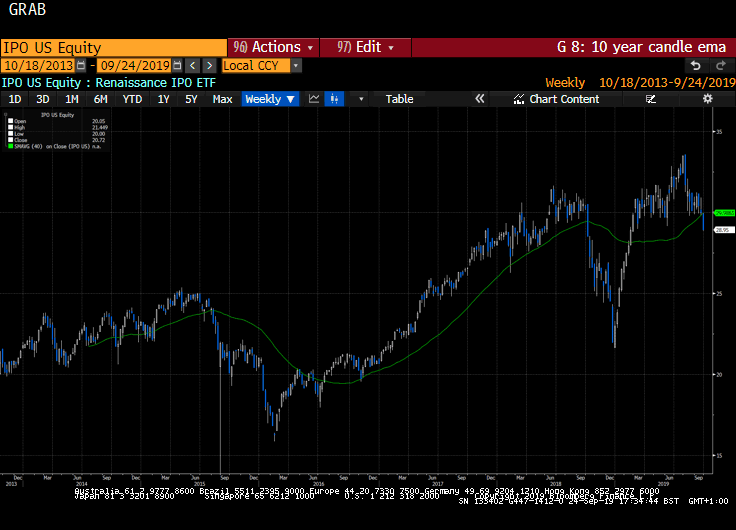How We Should Bust an Investing Myth
This article by Jason Zweig for the Wall Street Journal may be of interest to subscribers. Here is a section:
According to PitchBook Data, 66 companies valued at $1 billion or more have done initial public offerings from 2011 through mid-September 2019. A third of those IPOs came at prices below the value set in the companies’ last round of private funding. Bloom Energy Corp. , Cloudera Inc., Domo Inc., Reata Pharmaceuticals Inc., and Zynga Inc. all launched IPOs priced at least 40% lower than the valuation in their final private-funding round, according to PitchBook.
Perhaps that’s because conventional valuation methods may overstate what private funds’ venture holdings are worth. Often, several share classes are valued equally even though they aren’t all entitled to the same payoffs.
Or perhaps the brilliance of the private market is overstated. Consider a recent survey of nearly 900 venture capitalists.
Asked whether they “often make a gut decision to invest” in a fledgling company rather than relying on analysis, 44% of venture-fund executives said yes.
Which financial metrics do they use to analyze investments? “None,” admitted 9% of respondents. Only 11% quantitatively analyze past investment performance. A similar survey of private-equity executives found that they “do not frequently use” the methods that are standard among public investors for discounting the future cash their holdings might generate.
The “vision thing” as Bill Clinton was wont to say is not a topic that submits readily to discounted cashflows. That is particularly true of angel investing where one is taking bets on companies with no earnings not to mind profits. However, an investor that is investing in a company with billions in earnings and still running billion-dollar losses has to know they are not in the same game as an angel investor. After the first or second round of funding, the only rationale for investing is the wish to sell to a bigger fool later unless one is luck enough to latch onto a lottery scale winner.
A decade of free money sloshing around the system has fuelled a bubble in private assets. That is now being questioned by the failure of bloated valuations to attract bidders during IPO marketing trips. In the event of a liquidity shortage the valuation of private assets with no profits could collapse and take the trillions invested by pensions, endowments and family offices with them.

The Renaissance IPO ETF posted a large downside key reversal in August and is now testing the lower side of this year’s range. A clear upward dynamic will be required to stem selling pressure.


